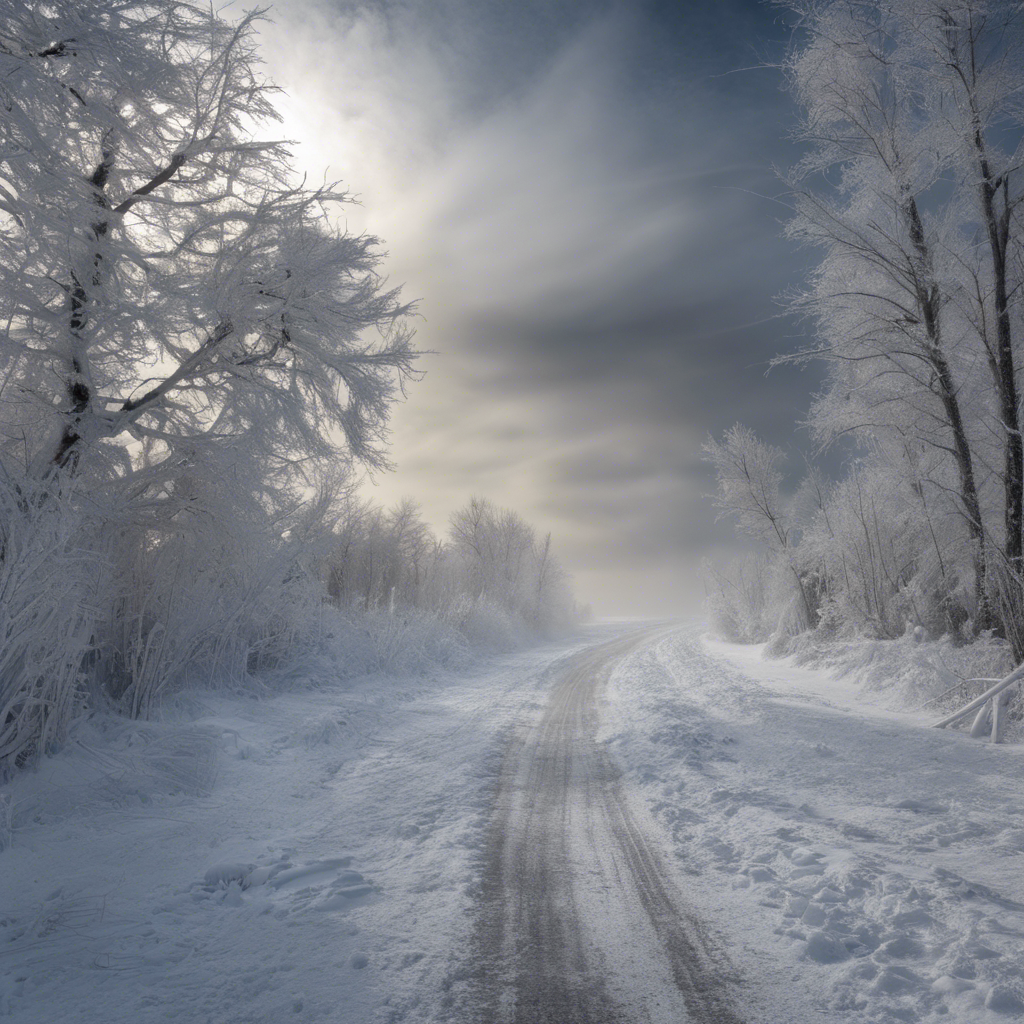Arctic Blast Brings Bone-Chilling Cold to North America

Frigid Arctic air descends on Canada and the United States, bringing dangerously low temperatures and record-breaking cold.
A bitter blast of cold Arctic air is sweeping across North America, plunging temperatures to dangerous lows and prompting warnings from forecasters. Canada and parts of the United States are bracing for extreme cold, with frigid temperatures expected to break records and pose significant risks to public health and safety. This sudden shift in weather patterns has raised concerns among climate researchers, who believe that these extreme cold snaps could be linked to global heating and the changing dynamics of the polar vortex.
Canada’s Deep Freeze: Alberta Faces Coldest January Day in Two Decades
In Canada, frigid Arctic air is being pushed from the Northwest Territories down into the province of Alberta. Environment Canada has issued an extreme cold warning, as temperatures in Alberta’s largest city, Calgary, are set to plummet to -34.6F (-37C) on Friday. This would mark the coldest January day in two decades for the city. The weekend could bring even more bone-chilling conditions, with wind chills making it feel closer to -58F (-50C). Experts warn that exposed skin can succumb to frostbite in less than a minute in these conditions.
Cold Front Sweeps Across the United States
The cold front is expected to move from the Rockies towards the northern US plains before advancing south, according to the National Weather Service. Daily cold records are likely to be broken in several places, including Chicago, where temperatures are expected to drop below -10F (-23C) for the first time since 2019. Oklahoma City is also bracing for subzero temperatures, which haven’t been experienced since February 2021. In parts of the Rockies, wind chills could make temperatures feel as low as -30F (-34.4C), posing a risk of hypothermia to anyone caught in this weather.
Snowstorms, Sleet, and Rain: Midwest and East Coast Brace for Disruption
Alongside the bone-chilling cold, major snowstorms, sleet, and rain are expected to affect the Midwest and East Coast. The National Weather Service has warned of “major disruption,” with parts of Michigan expecting up to 12 inches of snow and the Great Lakes region facing blizzard conditions due to high winds. The Northeast could see river and coastal flooding as storms and heavy rain batter the region.
A Drastic Change in Weather Patterns
The arrival of this cold front is a significant change for regions that have experienced a remarkably mild winter thus far, with below-average snowfall and above-average temperatures. Last year was the fifth hottest year on record in the US, according to the National Oceanic and Atmospheric Administration. Climate researchers have theorized that these sudden extreme blasts of cold weather could be linked to global heating. The Arctic, which is warming four times faster than the rest of the planet, is causing changes to the polar vortex, a circular pattern of winds that typically keeps cold air confined to the polar region. As this pattern becomes more “wavy,” freezing cold air can drop southwards, as was believed to have happened during the deadly cold snap in Texas in 2021.
Conclusion:
As North America braces for the arrival of a bitter Arctic blast, record-breaking cold temperatures and severe weather conditions are expected to pose significant risks to public health and safety. The sudden shift in weather patterns raises concerns about the impact of global heating on extreme cold events. As climate researchers continue to study the changing dynamics of the polar vortex, it becomes increasingly important to understand and address the complex interplay between global warming and the occurrence of extreme weather events. In the face of these challenges, communities must be prepared to adapt and respond to the growing threats posed by a changing climate.

